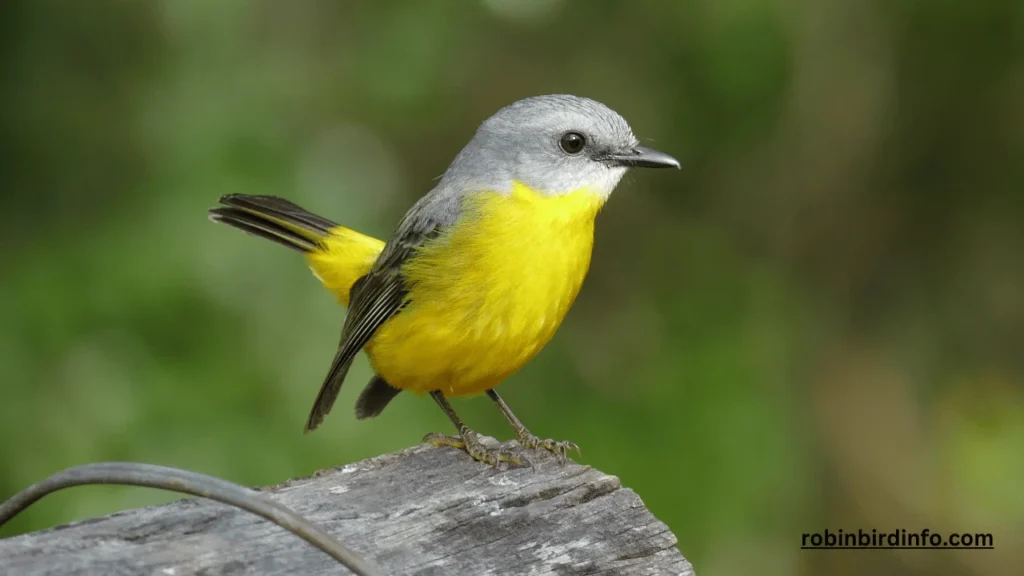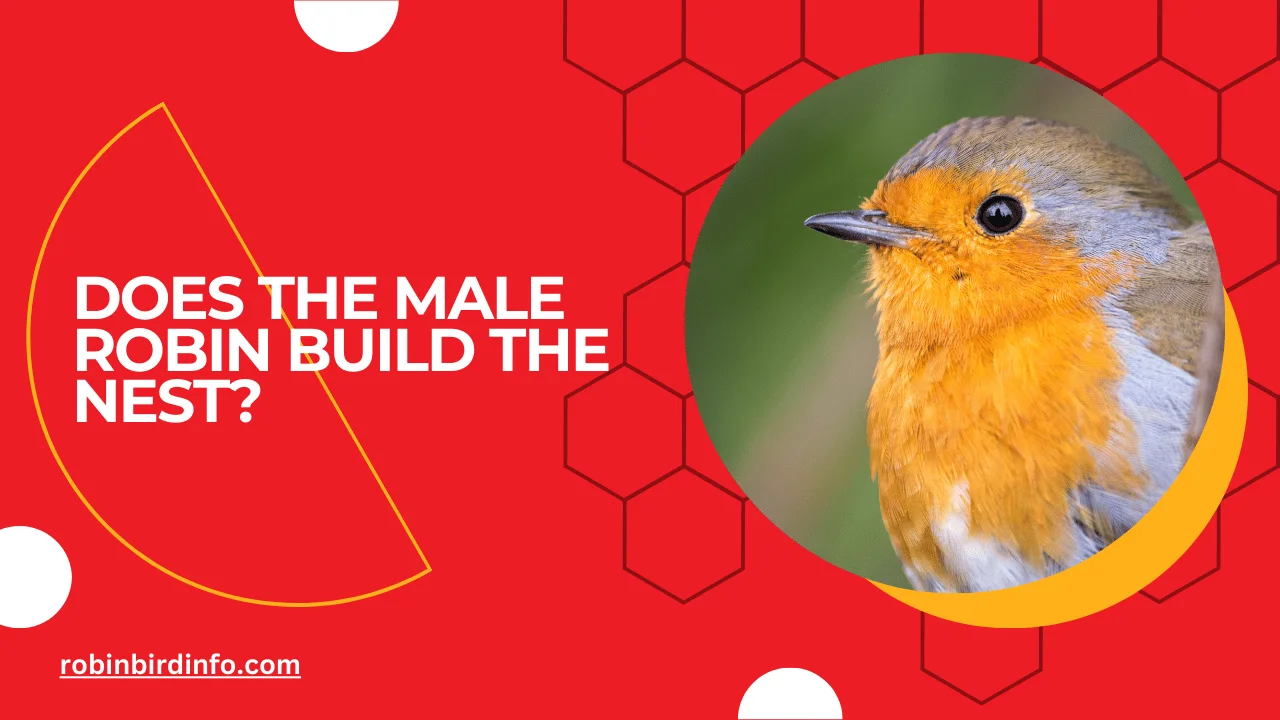Robins are some of the most recognizable and beloved birds, their cheerful chirping a hallmark of spring mornings.
But beneath their sweet melodies lies a fascinating story of resilience, survival, and teamwork. Have you ever wondered who’s responsible for crafting the intricate nests that cradle their eggs? While many people assume that both male and female robins share this responsibility, the truth reveals a more intriguing dynamic.
Understanding the roles these birds play during nesting season not only deepens our appreciation for their behavior but also provides valuable insights into their unique survival strategies.
Take the male robin, for instance. Known for his bright orange-red chest and melodious song, his role might surprise you. He’s not weaving twigs and grass into a cozy nest—that job belongs to the female robin.
Instead, his energy is spent defending their territory, warding off rivals, and ensuring the nest remains safe. This division of labor showcases the evolutionary brilliance of robins, where each bird takes on specific tasks to ensure the survival of their young.
But why is this division of roles so crucial, and how does it affect the nesting process?
In this article, we’ll uncover the fascinating dynamics of nest building in robins, exploring the unique contributions of male and female robins and the environmental factors that shape their behavior.
By the end, you’ll see these common backyard birds in a new light, understanding their efforts to thrive in an ever-changing world. Whether you’re a bird enthusiast or just someone curious about nature’s marvels, this is a story worth diving into.
Contents
Robin Nesting: A Team Effort?
When it comes to nesting, Robins, like many birds, follow a specific routine. The female Robin is typically the one who constructs the actual nest, but the male Robin plays an important, though often overlooked, supporting role.
During the courtship period, the male will often present the female with nesting materials, such as twigs, grass, and leaves, which helps her start the nest.
While it’s the female who weaves these materials together to form a secure structure, the male is often seen gathering and delivering building supplies, showing a kind of partnership during the early stages of the nesting process.
This dynamic sets the tone for the cooperative efforts that follow.
The Male Robin’s Role in Nesting: Supportive, Not Primary Builder
Though the female Robin does the majority of the nest construction, the male Robin is far from passive.
His role is supportive but vital, particularly in the early stages. After the female has chosen a suitable location for the nest—often in a tree, shrub, or sometimes even on a ledge or a building—he will assist her by helping to gather materials and watch over the nest site.
This is crucial, as the male Robin helps defend the area from other potential intruders and predators while the female focuses on her task of building. Once the nest is complete, his involvement continues, as he will help her feed and protect the eggs and chicks.
Why Doesn’t the Male Robin Build the Nest?
It’s natural to wonder why the male Robin doesn’t directly engage in nest construction, especially since many other bird species share this responsibility. The answer lies in the biological roles of the sexes.
During the breeding season, the male’s primary job is to court and mate with the female, ensuring the continuation of the species. Once the female is ready to lay eggs, the male’s efforts shift to territorial defense and food provision.
These duties require his full attention, so the female takes over the physical labor of nest-building. Additionally, the male Robin’s ability to protect the nest site from predators and rivals is just as critical as the physical construction of the nest itself.
Male Robin Behavior During Nesting Season: More Than Just Nesting Materials
While the male Robin is not the one building the nest, his role during the nesting season is crucial. He becomes intensely territorial, often defending his chosen site from other males in the area.
His aggressive behavior toward intruders—especially other male Robins—ensures that the nesting area remains safe for his partner and future offspring. In addition to guarding the nest, the male is also responsible for feeding the female during the incubation period.
His constant foraging provides the necessary nutrition for both the female and the developing eggs. This active role in feeding, protecting, and ensuring the safety of the nest site makes the male Robin an indispensable part of the nesting process.
The Final Stages: Male Robins and the Care of the Young
Once the eggs hatch, the male Robin’s role continues with a shift towards helping feed and protect the chicks. While the female still takes the lead in nursing and brooding, the male ensures the nest remains stocked with food, especially insects and worms.
He also continues to guard the young against potential predators or rival males that might pose a threat. This division of labor between the male and female ensures that the offspring have the highest chance of survival.
The male’s vigilance and supportive efforts play a pivotal role in raising the next generation of Robins.

Conclusion
In conclusion, while the male Robin does not directly build the nest, his involvement in the nesting process is critical to the survival of his offspring.
From gathering nesting materials to defending the nest site, the male’s efforts ensure that the female can focus on building a secure home for their future chicks.
This partnership between the male and female Robin showcases the complex roles that both sexes play in the reproductive process. Understanding the male Robin’s role not only enhances our appreciation for these beautiful birds but also highlights the intricacies of their behavior during the breeding season.
FAQ’s
Do male robins ever build nests?
Male robins typically do not build nests but play crucial roles in protecting the territory and supporting the female.
Why don’t male robins help with nest building?
The division of labor allows males to focus on defending the nesting site, ensuring safety for the female and future chicks.
How long does it take for a robin to build a nest?
The female robin usually takes 2–6 days to construct a nest.
Do robins reuse their nests?
Robins rarely reuse old nests, preferring to build new ones for each brood to avoid parasites and ensure stability.
What materials do robins use to build nests?
Robins use materials like grass, twigs, mud, and feathers to create a strong and comfortable nest.
Where do robins build their nests?
Robins build nests in trees, shrubs, or even human structures like eaves or gutters, prioritizing safety and concealment.








